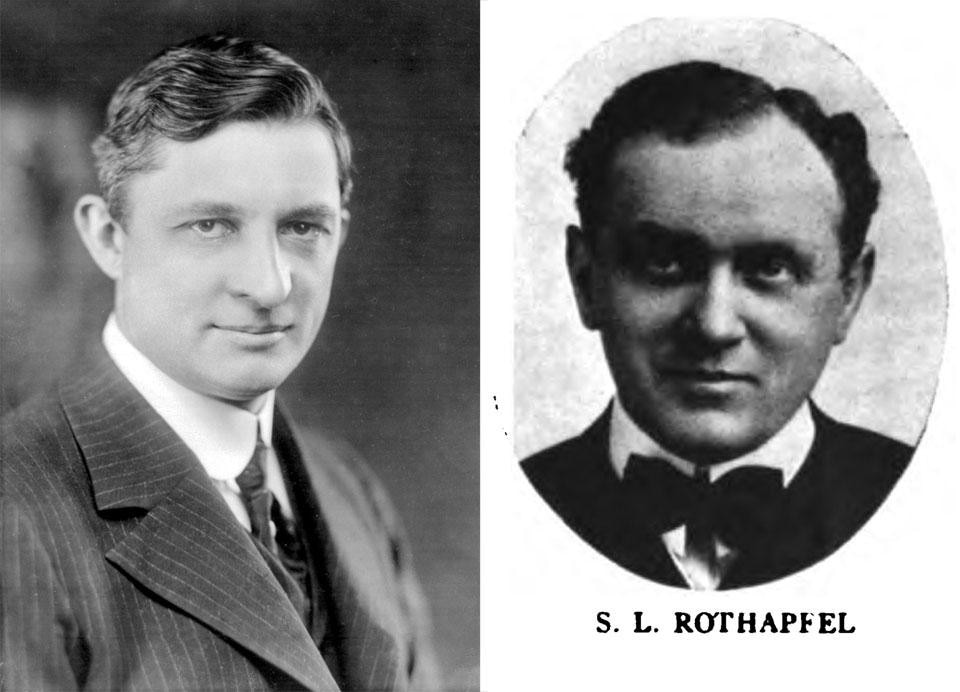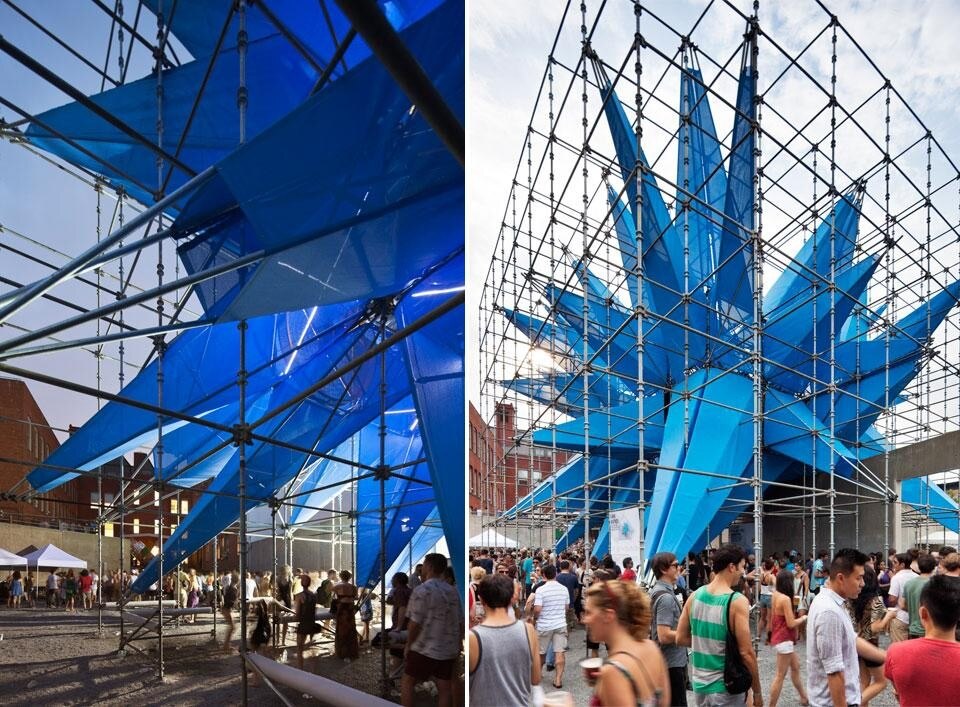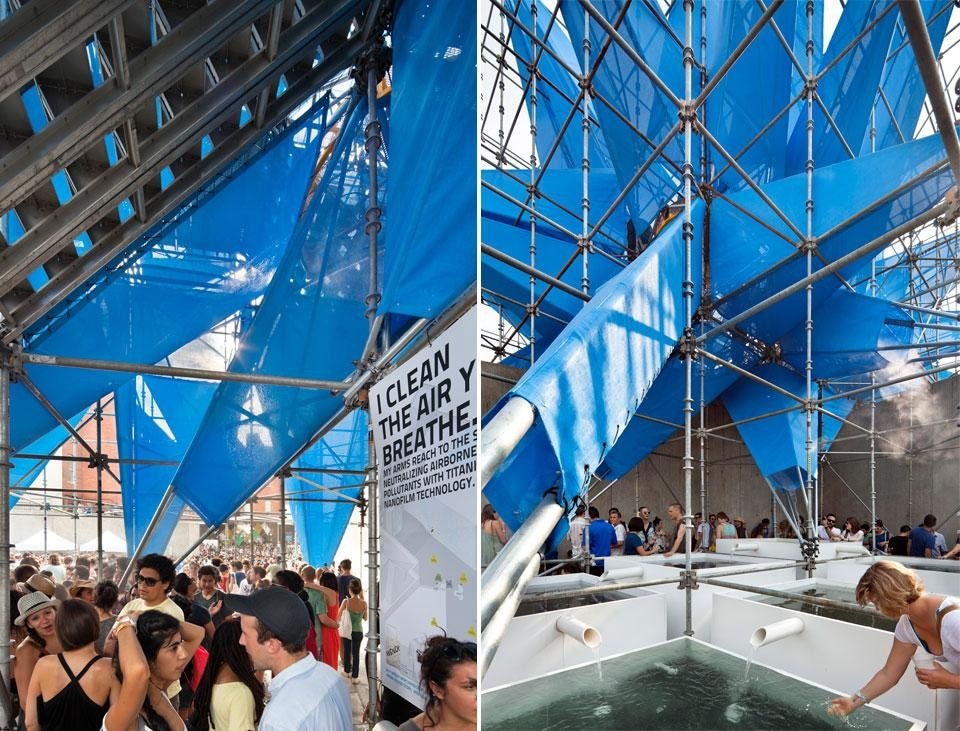The history of the relationships between New Yorkers and their air conditioners is as long as it is diverse. It started in the summer of 1902. While working on a plant for a printing company in Brooklyn, it was engineer Willis Carrier who first discovered how to create interior environmental comfort by controlling humidity. A recent NY Times article memorialized this historic feat, celebrating the machine he "devised [which] involved fans, ducts, heaters and perforated pipes…filled with cool water from a well between the two buildings." Rem Koolhaas' delirious diggings into the annals of the city unearthed other characters, most notably a man named Roxy [1] — mastermind of "Fantastic Technology" — who began questioning the conventional use of the air-conditioning system. "He considers adding hallucinogenic gases to the atmosphere of the theatre, so that the air conditioning system would not just be injecting ventilation and cooling, but also exhilaration. His lawyers dissuade him, but for a short period Roxy puts therapeutic O3 molecule into the air conditioning system of the theatre. A small dose puts the 6,200 audience members in a euphoric mood, hyper-receptive to the activity on stage." [2]


In a recent weekend, during my hallucinatory stroll through the city's blistering heat, Wendy appeared as a mirage in the urban desert of Long Island City: an abstract, cool blue cloud miraculously floating above the walled courtyard of MoMA/PS1


As for Friedrich and I there is still no love. We own a fan now; he's called Hunter. Florian Idenburg

1. Samuel Roxy Rothafel, an American theatrical impresario and entrepreneur. He is noted for developing the lavish presentation of silent films in the deluxe movie palace theaters of the 1910s and 1920s.
2.Rem Koolhaas, Delirious New York, The Monacelli Press.
3.Rem Koolhaas, Junkspace, Payot.
4. Correspondence with Marc Kushner.
Some critical input for this article came from Vincent Appel, Nicolas de Monchaux and Mohammed Sharif.



